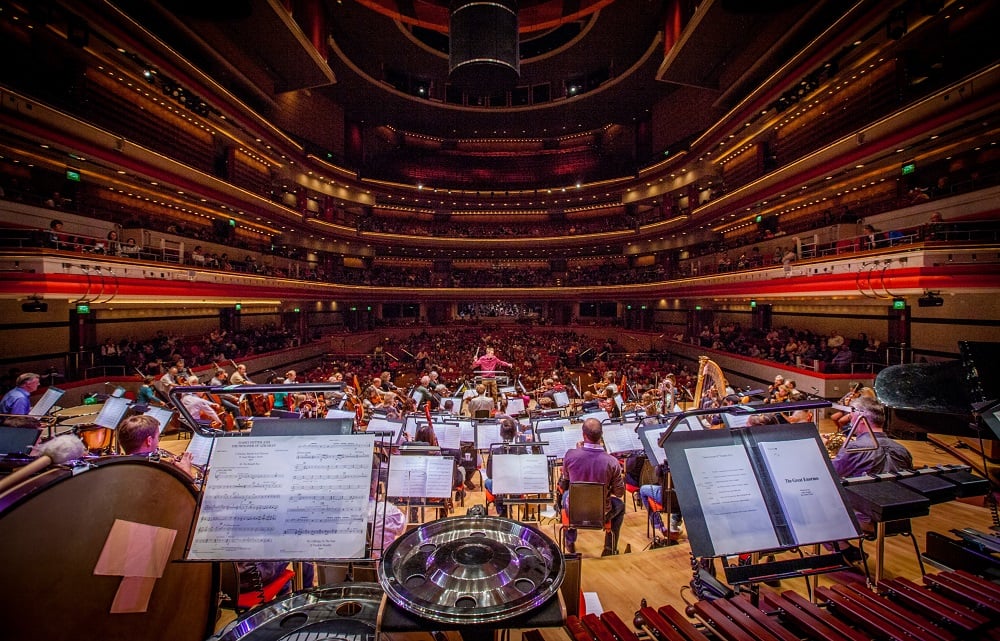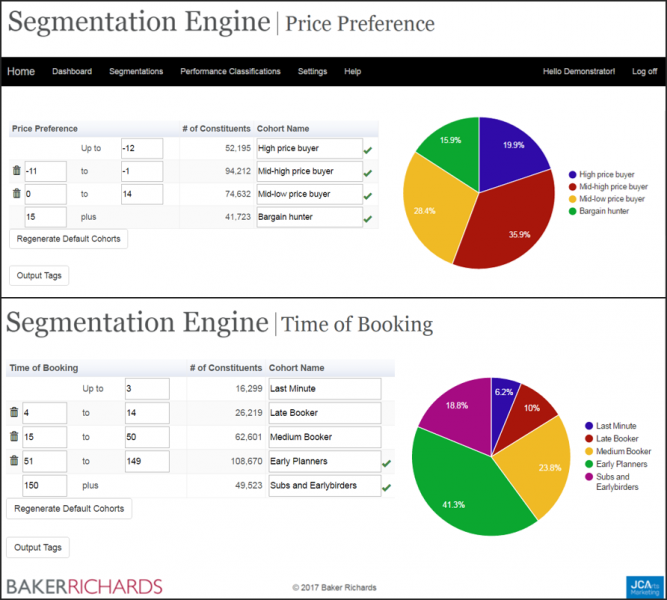
Photo: Neil Pugh
In pursuit of the holy grail
Is it possible to double the response rate you get from your direct marketing and save money at the same time? Tim Baker explains how the CBSO did just that.
Increasing audiences is the holy grail of arts marketing, but exactly how to do that has been challenging arts organisations for decades. There is a common consensus that ‘market segmentation’ and ‘target marketing’ are the way forward. This means identifying groups of potential customers with similar characteristics and developing different products and messages for each group. Breaking customers down into manageable chunks or segments also makes it easier to set objectives and strategy. Rather than thinking about needing to generate another 10,000 visits or attendances, you can start to think about generating 500 or 1,000 extra admissions from each group.
Where there has been less agreement in the sector is around how to approach the creation of these segments or customer groups. Should we use demographic characteristics like age? What about looking for similarities in attitude by grouping together, for example, people who are seeking intellectual stimulation from their arts engagement? Or should we be targeting people who behave in the same way such as people who like to bag a bargain? A ‘multi-dimensional’ approach to segmentation that involves all of these, with actual customer behaviour at the core, can achieve the most effective result.
Start with behaviour
Whatever approach to segmentation you use, it must be rooted in what people are buying, or might buy, if it is to have an impact on your sales or admissions (and therefore your income). Using data on customer behaviour is the only way to understand the value of your segments and what they buy. This approach has four further advantages:
- It is rooted in your programme and your customers so you can base your segmentation on behaviours which are most appropriate for your organisation rather than superimposing a ‘one-size-fits-all’ model.
- Basing your segmentation on customer data, rather than survey findings, means you include everyone on the database.
- Behavioural segments can be updated every time an attender makes another visit.
- Behavioural segmentation allows you to set objectives for strategy, implement that strategy directly and measure and evaluate the results.
Behavioural data can then be supplemented or enriched with demographics, attitudinal data or other relevant information, which can be gathered from surveys or other research.
Smarter segments
The City of Birmingham Symphony Orchestra (CBSO) use a multi-dimensional approach to segmentation across their artistic and marketing teams to gain a better understanding of their audiences, such as the make-up of the audience at different types of concert. Knowing the type of audience likely to attend particular repertoire helps with programming and planning decisions at the start of the season and, for example, the copy for printed material.
The CBSO’s segmentation is based on bookers at their Birmingham venues (Symphony Hall, Town Hall and CBSO Centre). Analysis of its customer database showed the most significant behaviours on which to base their segments were frequency of attendance and repertoire choice. Segmenting the customer database based on these two dimensions resulted in 12 distinct groups including ‘Rovers’ (people who attend regularly and attend different types of concert), ‘Good Nights Out’ (people who attend occasionally and opt for the populist concert strand) and ‘Involved Families’ (people who attend regularly with 80%+ of their attendances at family concerts). Research into the attitudes held by these groups was used to enrich the CBSO’s understanding of the 12 segments which were translated into pen portraits. Further enrichment can come from geographical analysis within each segment to inform activity for acquisition campaigns.
The segmentation itself is integrated with the CBSO’s Tessitura system, which flags each customer record to show which segment they belong to. As soon as a customer makes a new booking, the segmentation dynamically updates, allowing the marketing team to communicate more effectively, based on an up-to-date understanding of their audience.
Fine tuning
The 12 segments can be brought together in combinations for different types of concert, giving the CBSO a clear picture of which segments to target for particular concerts. It is also possible to go one step further, drilling down within each of the 12 groups to create sub-segments, by identifying differences in behaviour within each group.
More than thirty organisations worldwide are now using the Segmentation Engine software to implement similar approaches. Using the Segmentation Engine each segment can easily be sub-divided according to, for example, time of booking or price preference.

For the 2016-17 season launch, the CBSO used ‘time of booking’ to exclude audience members who generally book late from the segments being targeted. This meant that they were able to reduce mailing costs by £4,000 by sending out 9,000 brochures rather than 15,000, whilst growing sales and doubling the response rate to 7%. Bookers excluded from the season brochure mailing were sent a less expensive quarterly ‘What’s On’ much closer to the events taking place, in line with their previous late booking behaviour. The CBSO are also using their segmentation to find the best targets for small campaigns throughout the season, increasing in-season marketing effectiveness.
Tim Baker is Director of Baker Richards.
www.baker-richards.com
This article, sponsored and contributed by Baker Richards, is the first in a series sharing insights into how organisations in the arts and cultural sector can achieve their commercial potential.
Join the Discussion
You must be logged in to post a comment.